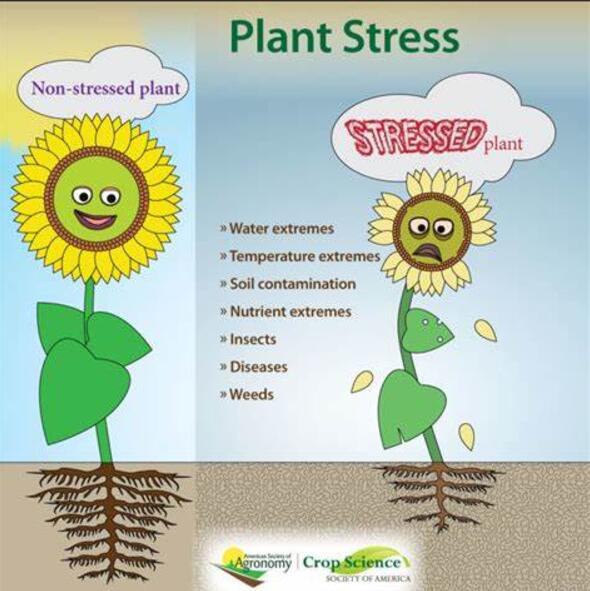Overview: A century of research and impact of Subtropical Horticulture Research Station, USDA-ARS, Miami, Florida: Successes and challenges
IF 6.8
Q1 PLANT SCIENCES
引用次数: 0
Abstract
The USDA-ARS Subtropical Horticulture Research Station (SHRS), located in Miami, Florida, has been engaged in vital research for over a century. Its unwavering commitment lies in preserving and utilizing tropical and subtropical plant species, encompassing fruits, ornamentals, sugarcane, and their wild relatives. This endeavor involves extensive research and collaborations to meet stakeholders' diverse needs. As a constituent of the USDA National Plant Germplasm Repository network, the station is a repository of invaluable genetic resources for developing new cultivars tailored to diverse environmental conditions. Furthermore, the station has focused on researching the mitigation of invasive pests and diseases that threaten various horticultural crops in Florida and nationwide. The station has also established a dedicated research program to enhance cacao breeding, improve its organoleptic qualities and disease resistance, enhance its adaptability to climate change-related challenges, and improve fruit quality traits. Since 1994, researchers at SHRS have collectively authored 795 research articles and have made substantial contributions to the scientific community by disseminating over a quarter million plant materials. Collaborations with USDA stations in Hilo and Mayaguez have been instrumental, involving backing up plant collections and joint evaluations of the national germplasm. Despite enduring potential closure due to significant damage from Hurricane Andrew, the station remains resilient and prepared to address current and future challenges as it embarks on its second century.
求助全文
约1分钟内获得全文
求助全文
来源期刊

Plant Stress
PLANT SCIENCES-
CiteScore
5.20
自引率
8.00%
发文量
76
审稿时长
63 days
期刊介绍:
The journal Plant Stress deals with plant (or other photoautotrophs, such as algae, cyanobacteria and lichens) responses to abiotic and biotic stress factors that can result in limited growth and productivity. Such responses can be analyzed and described at a physiological, biochemical and molecular level. Experimental approaches/technologies aiming to improve growth and productivity with a potential for downstream validation under stress conditions will also be considered. Both fundamental and applied research manuscripts are welcome, provided that clear mechanistic hypotheses are made and descriptive approaches are avoided. In addition, high-quality review articles will also be considered, provided they follow a critical approach and stimulate thought for future research avenues.
Plant Stress welcomes high-quality manuscripts related (but not limited) to interactions between plants and:
Lack of water (drought) and excess (flooding),
Salinity stress,
Elevated temperature and/or low temperature (chilling and freezing),
Hypoxia and/or anoxia,
Mineral nutrient excess and/or deficiency,
Heavy metals and/or metalloids,
Plant priming (chemical, biological, physiological, nanomaterial, biostimulant) approaches for improved stress protection,
Viral, phytoplasma, bacterial and fungal plant-pathogen interactions.
The journal welcomes basic and applied research articles, as well as review articles and short communications. All submitted manuscripts will be subject to a thorough peer-reviewing process.
 求助内容:
求助内容: 应助结果提醒方式:
应助结果提醒方式:


